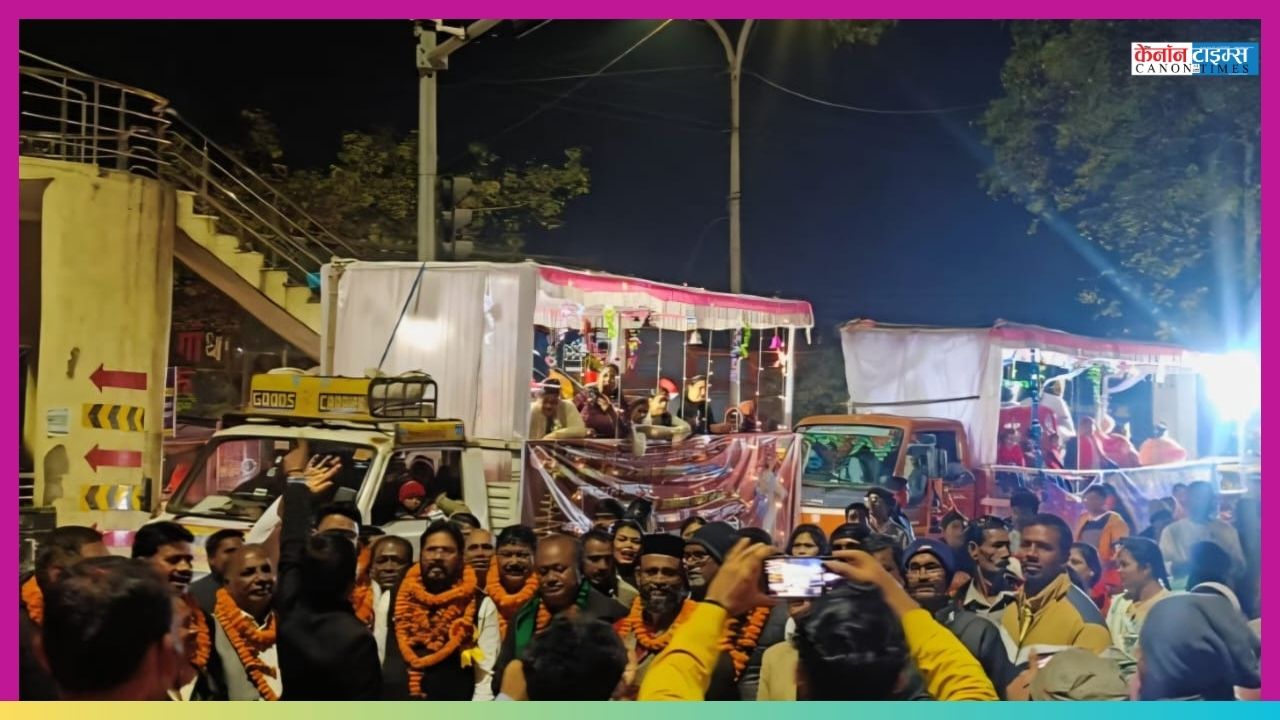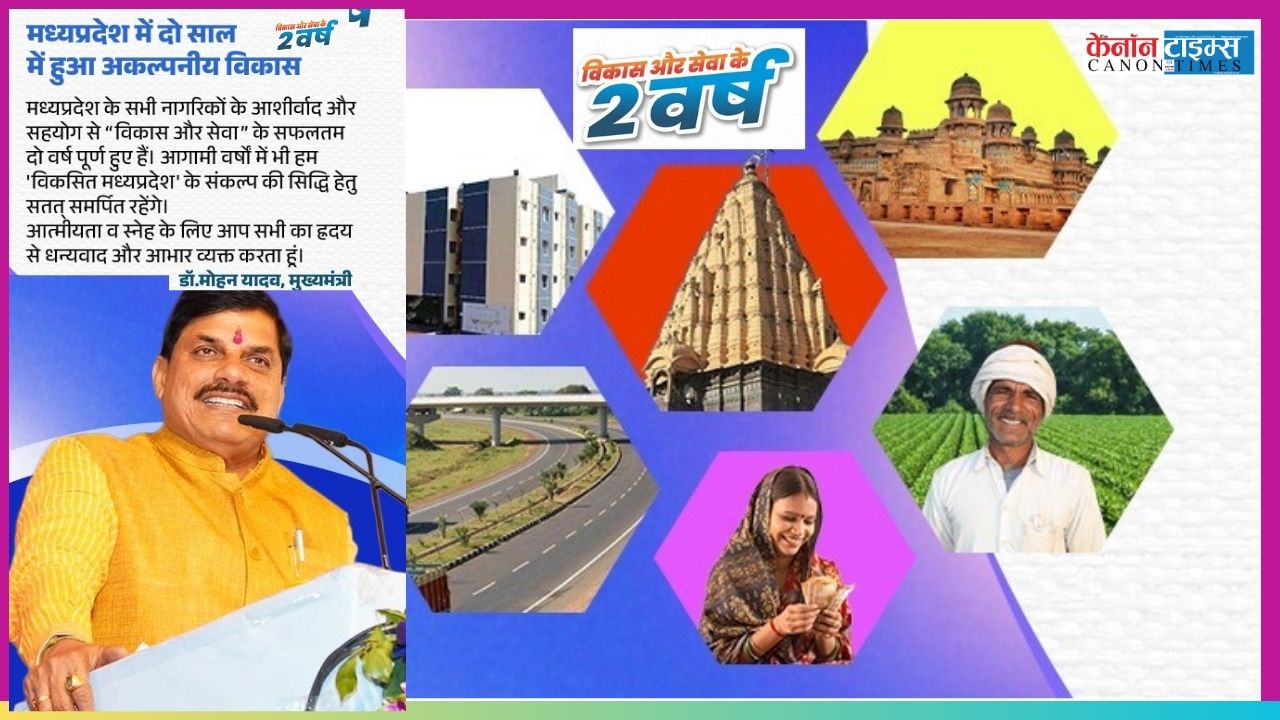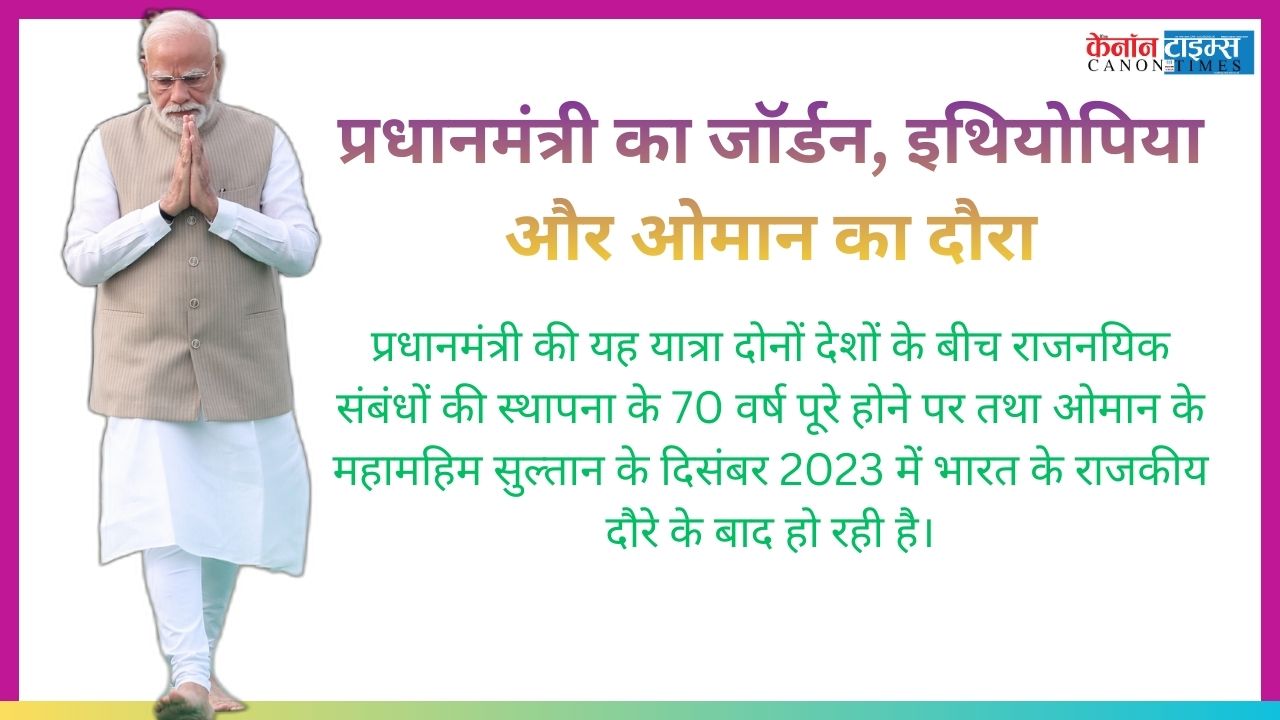The Vishnu Deo Sai-led government in Chhattisgarh has made tribal development a key focus, prioritizing issues like education, healthcare, and employment. Significant strides are being made in remote tribal regions, with the strengthening of essential infrastructure such as health facilities, roads, communication networks, and security systems. These advancements have notably improved the quality of life for tribal communities while contributing to the decline of left-wing extremism in the region. Programs like the central government’s PM Janman Yojana and the state’s Niyad Nella Nar (Your Good Village) initiative are proving to be game changers.
With nearly one-third of Chhattisgarh’s three-crore population belonging to tribal communities, the state government has implemented targeted efforts to uplift them. In just ten months, the Sai government has emphasized housing, clean drinking water, electricity, and road development, addressing basic needs swiftly and effectively.
**Niyad Nella Nar: Transforming Lives in Maoist-Affected Areas**
The innovative Niyad Nella Nar initiative has been instrumental in delivering welfare to 96 villages within a 5-km radius of newly established security camps in conflict zones. Under this scheme, 53 government programs and 28 community services from 17 departments are offering amenities like housing, healthcare, clean water, electricity, bridges, and schools. Additionally, tribal students in Maoist-affected districts will receive interest-free loans for technical and vocational education, while students from other regions will benefit from loans at just 1% interest. The maximum loan amount eligible for interest subsidies is ₹4 lakh.
**Combating Extremism through Development and Security**
The government has effectively used a twin strategy of development and security to tackle left-wing extremism, achieving significant results. In the past ten months, security forces have neutralized 195 Maoists, and 34 forward camps have been established, with plans for 30 more in South Bastar and Maad. The increased security presence is fostering a safer environment for implementing welfare schemes.
**Health and Welfare Initiatives**
Under the Shaheed Veer Narayan Singh Special Health Assistance Scheme, poor families can receive up to ₹20 lakh for the treatment of serious illnesses. The government has also decided to provide free ration to 68 lakh underprivileged families for five years, allocating ₹3,400 crore in the budget. These measures have significantly benefited tribal communities.
To ensure healthcare access, the state has allocated ₹2.72 crore for 57 mobile medical units and an additional ₹3.76 crore for electrification of Particularly Vulnerable Tribal Groups (PVTG) areas. The central government’s PM Janman Yojana is rapidly enhancing infrastructure in tribal settlements, while a ₹20 crore provision has been made for the development of families belonging to particularly disadvantaged tribes.
**Infrastructure and Connectivity Boost**
The central government’s Bharatmala Project, creating an economic corridor from Raipur to Visakhapatnam, will benefit tribal areas directly. Furthermore, India’s largest steel plant in Nagarnar is operational, propelling Bastar’s economic growth. Chief Minister Sai has also advocated for the national highway status of the 282-km route from Raigarh to the Uttar Pradesh border, connecting key districts and Ayodhya. The proposal has been approved by the central government.
**Empowering Agriculture and Rural Development**
Tribal livelihoods are supported through initiatives like increasing the tendu leaf collection rate from ₹4,000 to ₹5,500 per standard bag, benefiting over 12 lakh families. The government also plans to launch the Charan Paduka scheme for tendu leaf collectors. The agriculture sector has received a boost, with ₹1.52 lakh crore allocated in the union budget and measures to promote climate-resilient crop varieties and natural farming practices.
**Educational Reforms for Tribal Youth**
Chhattisgarh is investing heavily in education, with ₹131.52 crore allocated for the construction of buildings and hostels for 36 colleges, primarily in tribal regions. The number of seats in the Tribal Youth Hostel in New Delhi has been expanded from 50 to 185, aiding aspirants preparing for UPSC and other competitive exams. Additionally, technology institutes will be set up in districts like Jashpur, Bastar, Kabirdham, Raipur, and Raigarh, modeled after IITs.
**Preserving Tribal Languages and Promoting Modern Education**
In line with the National Education Policy, the government is developing school textbooks in 18 local dialects to make education more accessible. The first phase includes Chhattisgarhi, Sargujia, Halbi, Sadri, Gondi, and Kurukh. The PM SHRI scheme has been introduced in 263 schools, incorporating robotics and AI, and these schools are being upgraded in tribal regions to offer modern, skill-based education.
**Ekalavya Model Residential Schools and Coaching Facilities**
Seventy-five Ekalavya Model Residential Schools and 15 Prayas residential schools cater to children from Maoist-affected areas, providing coaching for national-level entrance exams like NEET and JEE. Under Chief Minister Vishnu Deo Sai’s leadership, a member of the tribal community himself, Chhattisgarh is setting new benchmarks for the holistic development of its tribal population.
Author: This news is edited by: Abhishek Verma, (Editor, CANON TIMES)
Authentic news.






